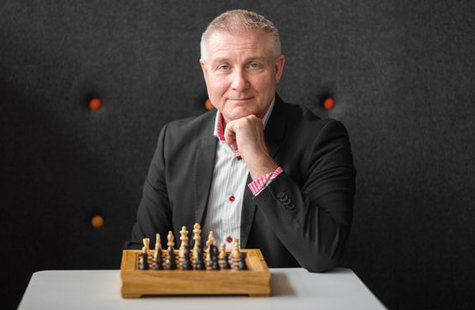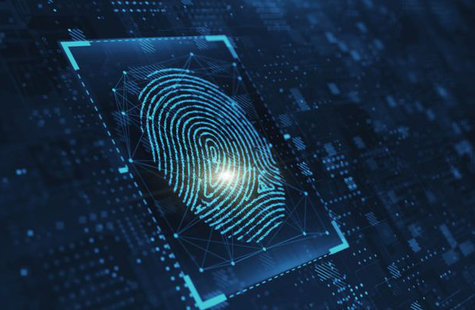Research that makes a difference
World-class research for the benefit of society
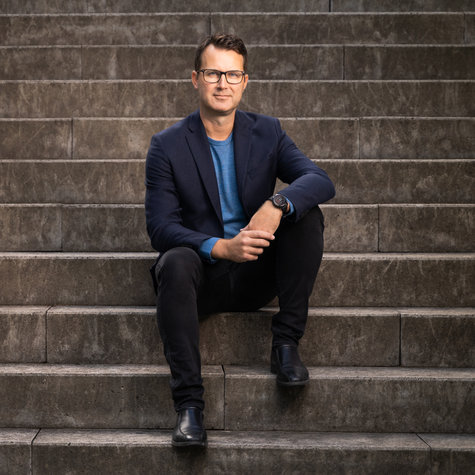
Blekinge Institute of Technology has taken a conscious step towards real societal change by focusing on digitalisation and sustainability. We are at the global forefront of research, and our ambitions are high. At BTH, we are changing the world – on a fundamental level.
With a clear focus on digital and sustainable transformation, Blekinge Institute of Technology is one of Sweden’s most profiled universities. We live by the motto: We don‘t do everything, but what we do, we’re really good at. This is evident not least in the international impact that our excellence has had in the form of cutting-edge research and innovation in areas where society needs it the most.
Perhaps this is part of our recipe for success – close cooperation with our surroundings. Since our founding just over 30 years ago, the research conducted at BTH has had its ear to the ground and found direct application through close collaboration with industry and the public sector. As challenge-driven innovation has risen to the top of the agenda in the last decade, we can proudly say that we devoted ourselves to this right from the start. In this way, BTH is a forerunner when it comes to external engagement, the ability to conduct research to benefit society and deliver innovation in response to our biggest challenges. As an institute of technology, we have a responsibility and a unique opportunity to contribute to both regional and national competitiveness, as well as global sustainability.
External engagement and collaboration are also elements that distinguish the study environment at BTH. The lab environments that belong to our study programmes – such as software engineering, marine engineering and health and healthcare – give us a unique opportunity to connect different fields of education. This creates an interdisciplinary teamwork that nurtures new ideas and drives development forward. An example of just such an environment is the BTH Research and Education Clinic where students have the chance to both test and help develop the technology that they will help roll out in the healthcare system.
Another of our strengths, which of course is linked to our geographical location and our heritage, is our programme in marine engineering. It is also a brilliant example of how different areas of education can be connected. Here, we focus not only on classic shipbuilding but also combine mechanical engineering, AI and visualisation for example offshore wind power – to contribute to both digitalisation and sustainable development.
Welcome to Blekinge Institute of Technology, where we collaborate to build the future we want to see.
Andreas Larsson
Deputy vice-chancellor for collaboration, innovation and entrepreneurship
World-class software engineering
What would happen if there were to be an electricity blackout? It’s a common question we ask ourselves. Everything would be brought to a standstill. But what would happen if all the software were to disappear? The same thing, if you ask researchers at BTH who have helped the University claim its place as one of the foremost in the field globally.
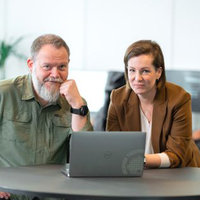
“And perhaps it is precisely this development in the field that has made BTH’s research so relevant, both nationally and internationally.”
Tony Gorschek and Darja Šmite research in software engineering, where BTH is one of the best in the world.
Researchers look to the ocean as a resource
BTH has been part of producing Sweden’s first national innovation agenda for underwater technology and the researchers see many potential areas of use – even beyond marine applications.
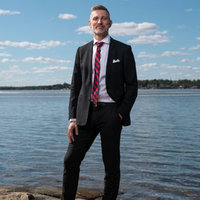
“The sea is largely an untapped resource and there is considerable scope for development. BTH has three main specialisations: security and the armed forces, energy and marine construction. Marine technology is not a subject, it is an application.”
Oskar Frånberg, researcher and director for the National Centre for Underwater Technology at BTH.
AI research for the
good of society
AI research at BTH focuses on the safe and efficient operation of software and cloud-based systems. Our researchers are also interested in data privacy in digital societies and data related to crime and safety.
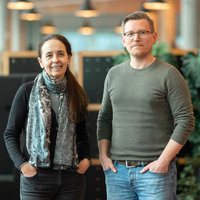
“The project constitutes the world’s largest study of video surveillance with the goal to reduce crime”.
Martin Boldt and Veselka Boeva both focus on AI for the social good, albeit in different areas.
How AI reinforces the status of the patient
Can AI be a tool to improve healthcare in the meeting of people? An exciting collaboration project at BTH is deepening the analysis and knowledge of abuse in healthcare, as basis for development.
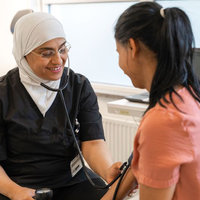
“We use healthcare data, with the help of self-learning clustering algorithms to detect patterns and deepen knowledge so that abuse can be corrected”.
Unique clinic for research in health technology
Since its founding four years ago, the BTH Research and Education Clinic has been advancing at breakneck speed. The Health Clinic, as it is also known, has become a hub for education and the development of the healthcare of the future.
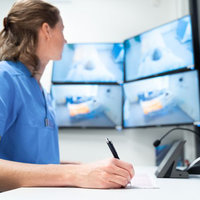 “The Clinic has become a home for research projects from all over the region and an environment where academia, industry and the public sector meet naturally. ”
“The Clinic has become a home for research projects from all over the region and an environment where academia, industry and the public sector meet naturally. ”
Vital role in strengthening
Sweden’s national security
The current global situation has put security high on the agenda across many parts of society. And yet, there is a considerable skills shortage when it comes to addressing modern threats – and that puts Blekinge Institute of Technology front and centre. The University is at the heart of a growing cluster of research and development in the field of security.
“BTH has an important part to play in future maritime security, with the country’s only Master of Science in Engineering with a specialisation in marine systems engineering.”
Where future realities are being created
In May 2022, a new research project in computer science at Blekinge Institute of Technology was announced. At the heart of the project is the development of new, smart digital environments and a vision for virtual and immersive spaces, referred to as intelligent realities.
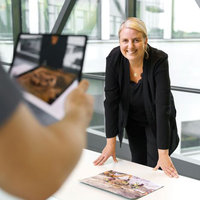
“Yet increasingly these technologies are being adopted by other industries too. The research in this project will be about creating intelligent, digital environments that put the focus on people.”
Veronica Sundstedt, associate professor of computer science and head of the new research project.
Strategic Sustainable Development
Digital product development
for a sustainable future
Product development is no longer just about creating a product that provides benefits at the lowest possible cost. With the rapid pace of change in society, products must also be able to fit into complex systems and be sustainable.
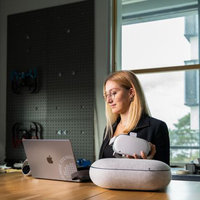
“A digital twin is a digital replica, a copy, of a product or an environment. It gives us and the company a chance to test different things that could go wrong.”
Sweden’s first virtual film studio
BTH has received funding to invest in virtual production. The new technology will be used for research and education, as well as in the fast-growing digital film industry.
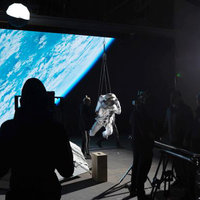
“The unique technology will be used in research within digital product development, in collaboration with manufacturing industry, and in the growing film industry.”
Better results from complex measurement
BTH is developing an expert research team in industrial economics and management. BTH is already strong in measuring the effects of change, such as political change, but the field of efficiency and productivity analysis is relatively new and we now aim to become the leader in Sweden and an important player internationally.
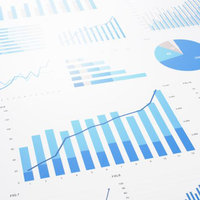
“It is an important transfer of knowledge and experience which happens partly because we often have an insight into both worlds and partly because we work so closely with the organisation being studied.”
Mathematics makes new breakthroughs possible
Mathematical discoveries can be hundreds of years old by the time they are applied to enable space travel, mobile telephony, quantum computers, DNA analysis, AI and much more. What today’s results will lead to is impossible to say. Mathematics provides tools, and without these tools the problems of tomorrow risk remaining unsolved, and ideas being left in the desk drawer.
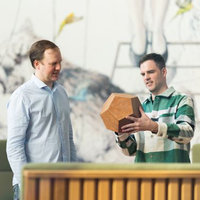
“The mathematics behind our current payment solutions and GPS is hundreds of years old. Mathematics is the foundation to pretty much everything.”
Johan Öinert and Stefan Wagner, researchers in mathematics.
Systems engineering – sustainable
technology serving society
Systems engineering is an enabler in the field of digitalisation and sustainability that aims to develop technical systems into a coherent whole. These include systems for smart cities and autonomous vehicles, digitalisation in agriculture, automatic image enhancement, mapping of the Earth’s surface, satellite-based weather forecasts and climate models for our planet.

“Almost all technological advances include the processing of information from sensors for humans. Systems engineering plays a crucial role for technical systems and human beings in many different ways.”
